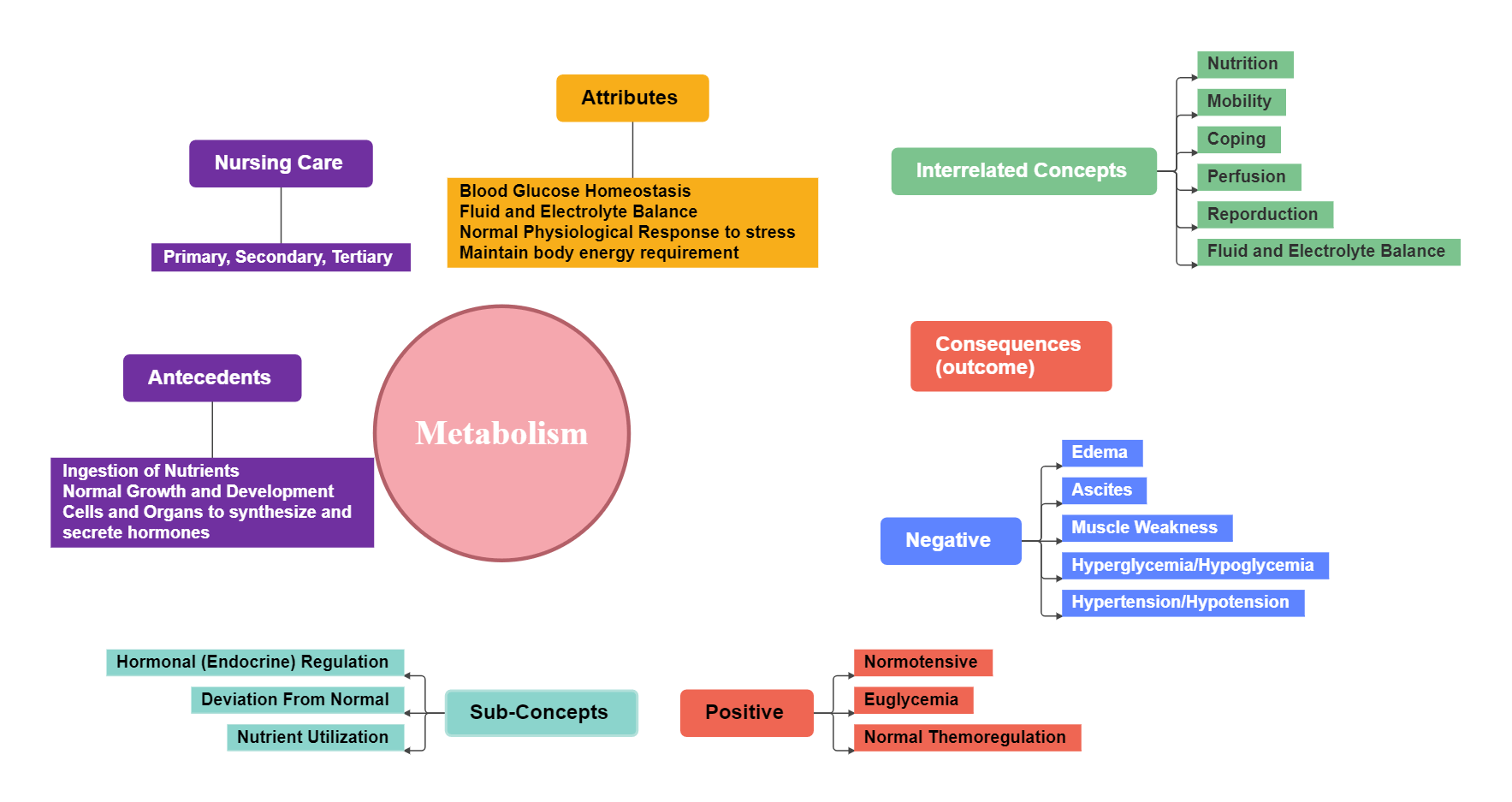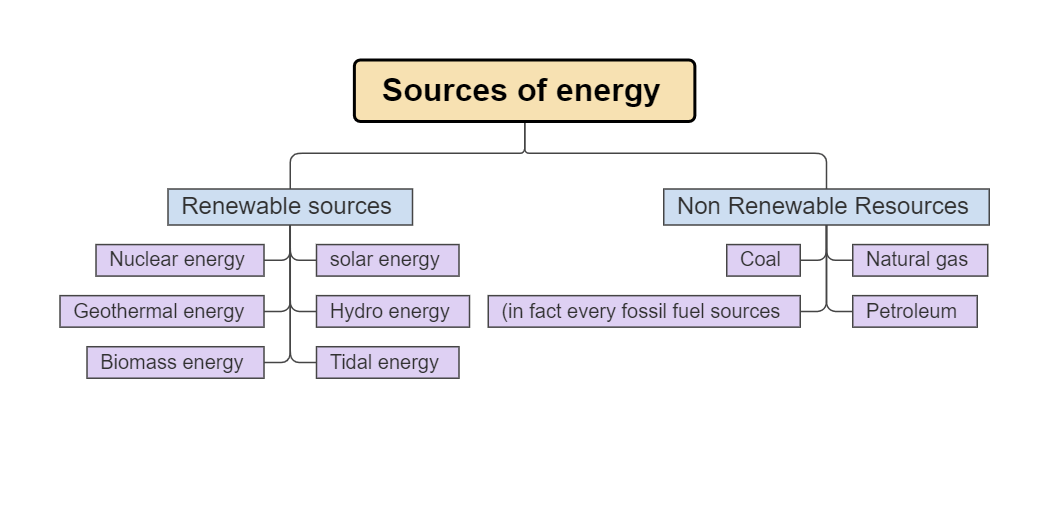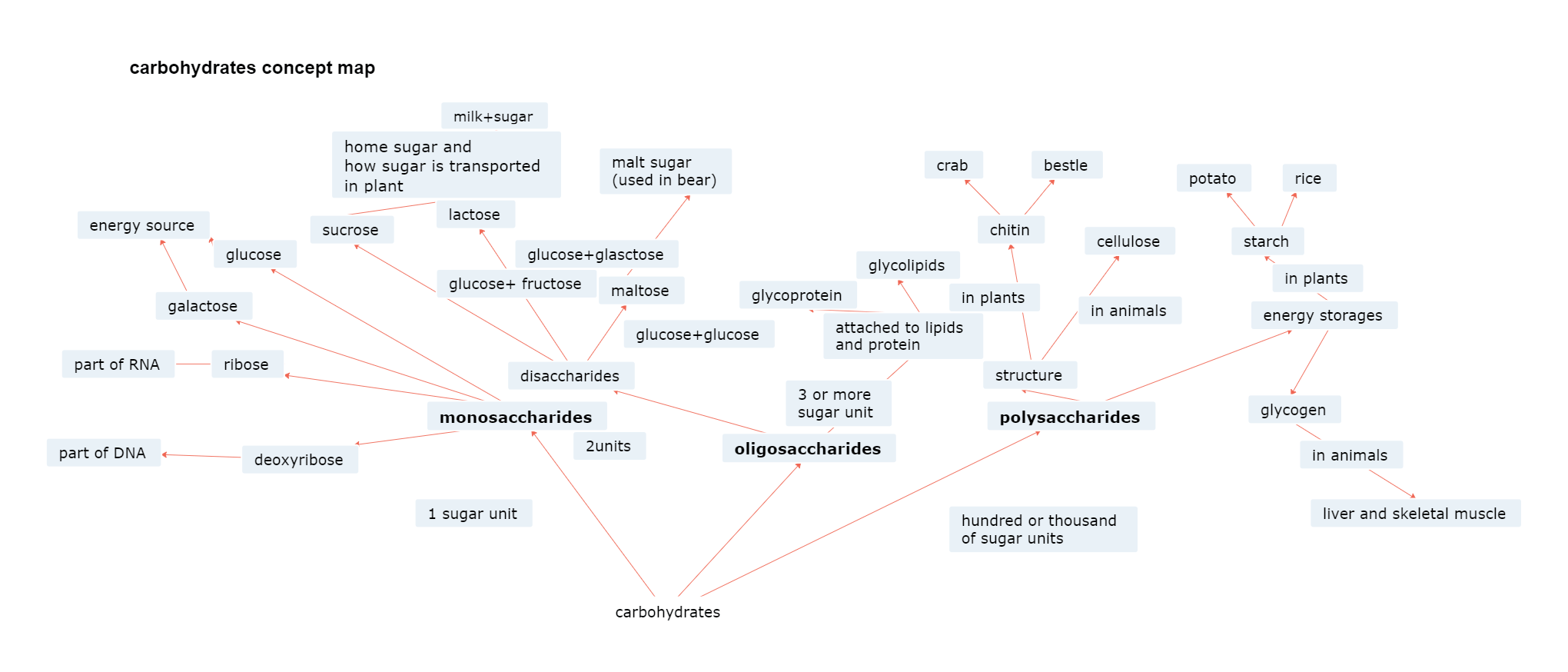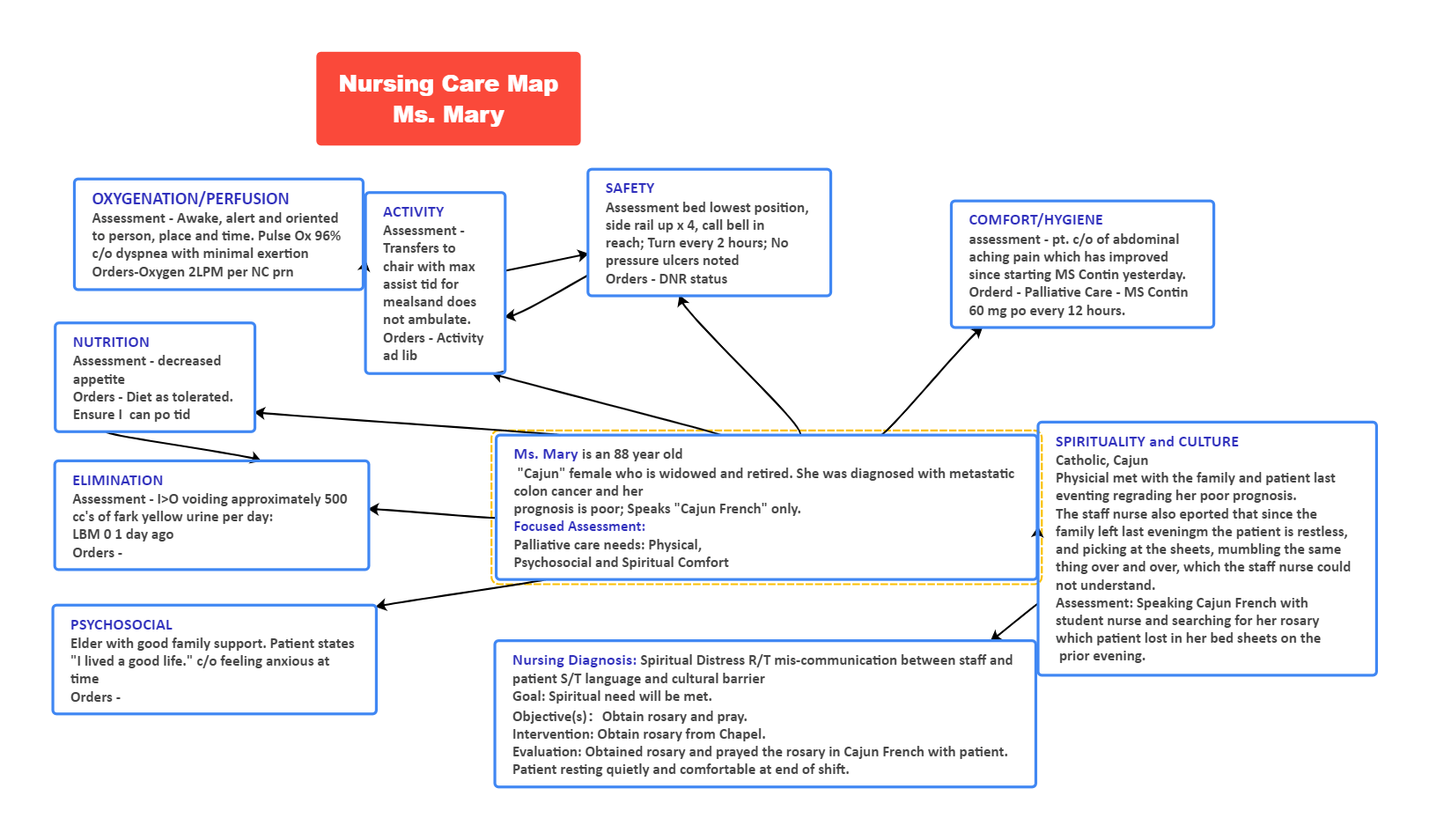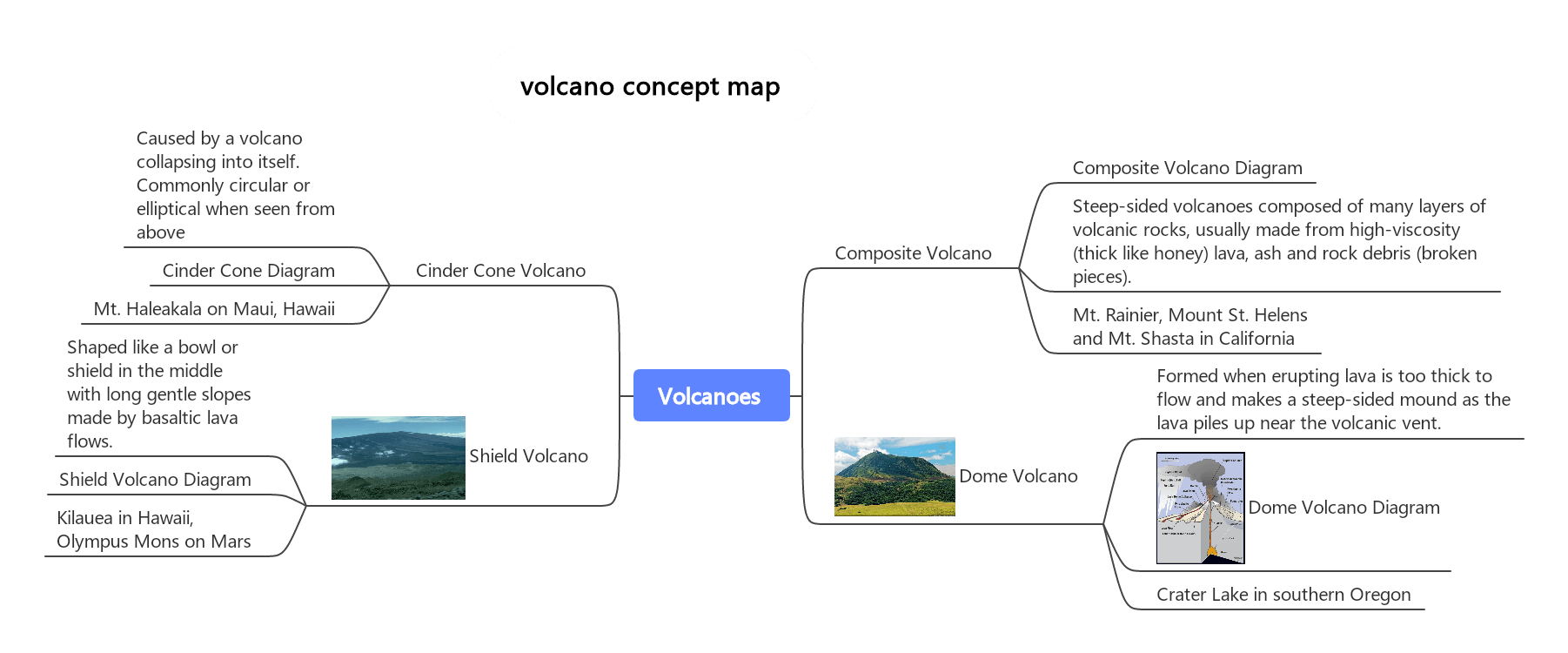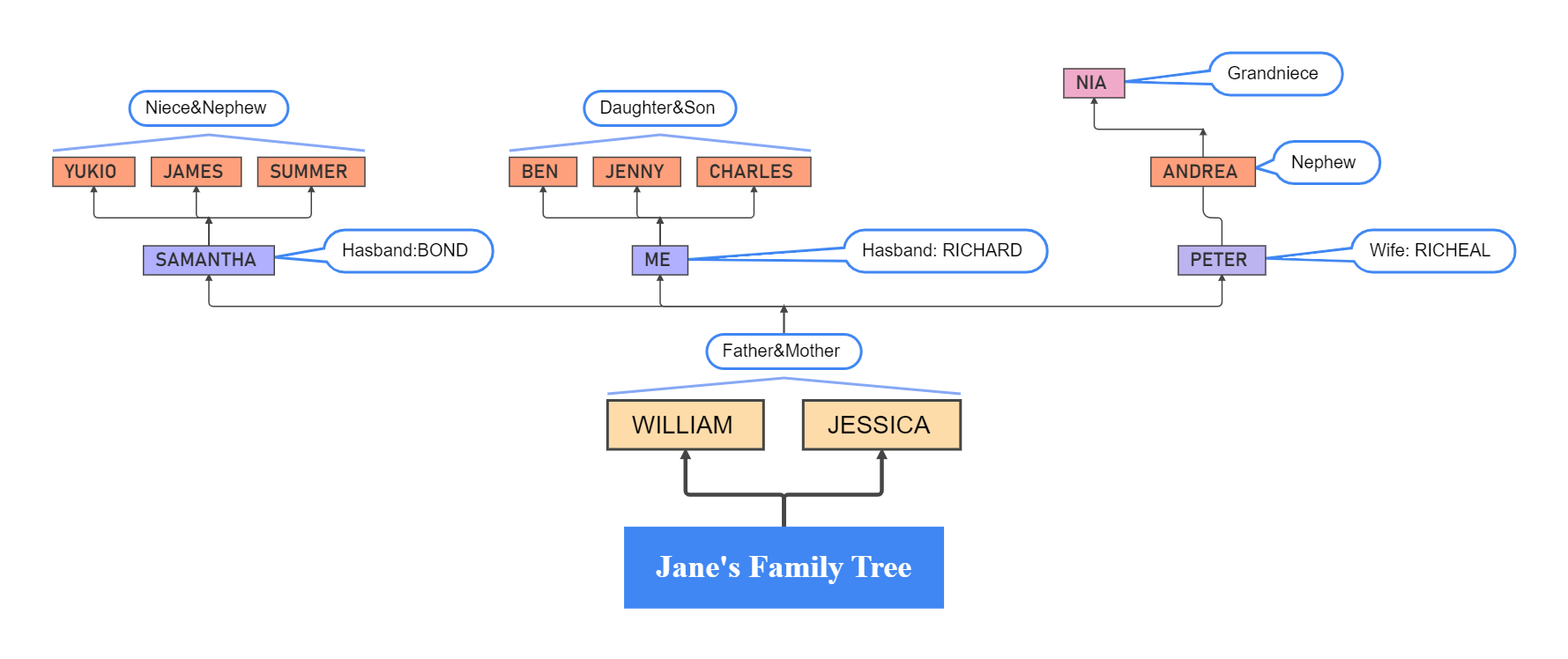Concept maps make complex data simple. They break it into smaller parts and show how different parts connect to each other. This helps you make better decisions because there is a clear overview of the data.
Hence, concept maps are an invaluable tool for organizing and presenting information. They were invented back in the 1960s by Joseph D. Novak. He emphasized the role of graphical representations in enhancing understanding through concept maps.
Today, concept maps have many applications. They help us organize ideas and solve problems. Moreover, they're used in schools, businesses, healthcare, and research. But making them can be hard because you have to think about how ideas relate, and that takes time. But no worries! In this guide, we'll learn how to make concept maps, so you can make your own diagrams and organize your ideas simply.
What is a Concept Map
A concept map is a visual tool used to represent and organize knowledge or information. Its primary components are "nodes," usually represented as circles or boxes. Each node connects to the other by lines or arrows.
Moreover, nodes represent a concept, idea, or topic (hence the name). Lines show the relationships or connections between these nodes (concepts).
In simple words, think of concept maps like mind maps. Both use visual elements like nodes and connecting lines to represent ideas. However, there is a difference. Concept maps typically focus on showing the relationships between concepts. On the other hand, mind maps are popular for jotting down ideas from a start to end process.
Applications of Concept Map
Concept maps are popular in various fields for enhancing understanding. For instance, they are widely used for knowledge organization, problem-solving, and effective communication. Let's take a quick look at several practical applications of concept maps:
1. Education and Learning
Concept maps are popular in education. They help students grasp complex subjects by representing ideas and their relationships. Teachers use them to plan lessons, while students use them for note-taking and studying.
2. Project Planning
Concept maps enable teams to break down complex projects into manageable tasks. Project planners can identify dependencies and divide resources better with concept maps. This helps them create a clear roadmap for a project and get better results.
3. Problem Solving
Concept maps are a great solution to solving problems. They help visualize the various elements and relationships involved in a problem. So, you can easily find solutions and their impacts in a concept map and make better decisions.
4. Brainstorming
Teams use concept maps during brainstorming sessions to generate ideas. This way, they can explore different possibilities for a problem and find solutions. It also gives space to creativity and collaboration by visually linking diverse thoughts.
5. Research and Thesis Writing
Concept maps can be a great help to students in higher education. For college students, they can organize and present their thesis findings. Besides, teachers also use concept maps to plan their studies. Researchers can outline research proposals and structure their projects.
6. Information Retrieval and Search Engines
Search engines and information retrieval systems also use concept maps. They use these maps to understand the relationships between keywords and content. This helps them provide more accurate search results and recommendations.
Related topics
Blank Concept Map Templates
You can create a concept map from scratch, but it takes time. Or, you can use a blank concept map template from the template community. It is a more efficient and user-friendly approach as it saves you a lot of time structuring your ideas. Here are several concept map examples you can find from the EdrawMind template gallery:
1. Cell Cycle Concept Map
This template shows the most basic structure of a concept map. It consists of nodes connected by labeled lines. The central title extends to two main ideas. Each primary idea further extends to its sub-ideas. All these concepts have different colors based on their level of significance.
Here, the main idea is “cell cycle.” The map shows the events throughout a cell's life for cell division. All the branches and sub-branches connect to each other with different lines. This way, experts can use this basic concept map to organize and structure their data.
PRO TIP: You can use this template and edit it as per your needs. To use it, navigate to the EdrawMind template gallery. You will find thousands of such editable templates available for free.
2. Metabolism Concept Map
This metabolism concept map shows why metabolism is important and different things it includes. But you can also use it as a blank concept map for different areas.
In education, it can help students outline complex topics. You can write the main idea at the center with six sub-ideas to organize data effectively. Medical professionals can also use it to map patient care.
Moreover, researchers can structure their studies on this map. In project management, it organizes tasks and resources. Thus, this map's flexibility makes it valuable for organizing ideas in different areas.
3. Energy Concept Map
An energy concept map makes it easier for students to understand energy-related information. It helps them connect the main idea with other facts. As this energy concept map diagram shows two types of sources of energy. These are renewable and non-renewable sources.
Both types extend to more branches, showing different examples of resources. Renewable sources are nuclear energy, solar energy, and tidal energy, etc. Likewise, non-renewable resources are coal, natural gas, and petroleum.
4. Carbohydrate Concept Map
The carbohydrate concept map template is another example of concept maps in education. The map has one main idea, which is carbohydrates. Then, it provides details about their carbohydrate types and combinations.
Organic compounds like carbohydrates seem tricky to students because they're very complex. But this diagram simplifies different types of carbohydrates, making it easier to understand. It organizes different information about carbohydrates to help students save time and learn the data quickly.
5. Animal Cell Concept Map
This cell concept map may seem complicated at first, but it's actually quite simple. Starting from the top like a flowchart, the map explains how different parts of an animal cell relate to each other.
An animal cell contains three components. These are cell membrane, cytoplasm, nucleus. Each type then further extends to different components of a cell. These parts include chromosomes, proteins, lipids, DNA, and others. In this way, the concept map simplifies complex cell information. Medical students can easily remember the relationships between various cell components with it.
6. Nursing Concept Map
Concept maps are not limited to education only. They can also serve more significant purposes that can be life-saving. One such use is in healthcare, like this nursing map. It shows a patient's condition and appropriate action to improve their well-being.
Moreover, medical schools can use this concept map in nursing classes. Nurses can also rely on these maps to recall important terms and theories and actions to take in an emergency.
7. Real Number Concept Map
Concept maps don't need to be boring, like this fun and creative concept map on real numbers. It also uses colors creatively to represent different types of the topic.
In Math, many students find it hard to understand real numbers. But this map gives a simple overview of real numbers. It shows two types of real numbers: rational and irrational numbers. Rational numbers are further divided into subtypes. Each type has its own color for easy recognition and less confusion about the topic.
8. Meiosis Concept Map
This meiosis concept map template is special. It shows how meiosis works with a modern design and bright colors.
Meiosis cuts the parent cell's chromosomes in half and makes four new cells called gametes. The map shows different phases of this process. Each phase has a unique color for how the cells change and divide during meiosis. Such a combination of colors makes it easier to understand information.
9. Volcano Concept Map
Concept maps don't have to use only words. They can also include pictures and videos to explain ideas better. This template, for example, uses images and graphics to make it more interesting.
It explains volcanic activities and the factors behind them. Students can learn about different types of volcanoes like dome volcanoes. Many types have an image as a visual representation of each. This way, readers can easily visualize and understand different facts about volcanoes.
10. Family Tree Concept Map
Concept maps are often used in education, but you can also use them creatively. For example, you can create concept maps for family trees. Like this concept map here that shows the family tree of Willian and Jessica.
In school, you can use this template for creating character profiles. Or, you can also use it in history to show family trees of historical figures. Moreover, law enforcement can use these maps to find missing people. They can map out relationships, connections, and relevant information associated with the missing person.
Conclusion
Concept maps are popular in many fields like education, healthcare, and project management. Today, concept maps are great tools for brainstorming, organizing knowledge, and improving decision-making. But, concept maps are complex and need a lot of time.
A more suitable approach is to try tools like EdrawMind for creating concept maps with ease. This tool comes with advanced features for making maps from scratch. Or, you can also use blank map concept map templates to save your time. You can further enhance your map by adding elements, colors, and labels to make it look better.



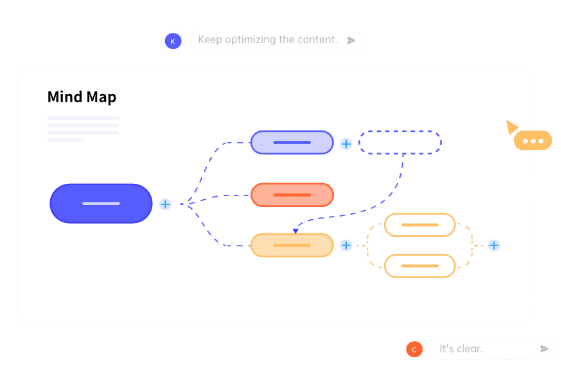
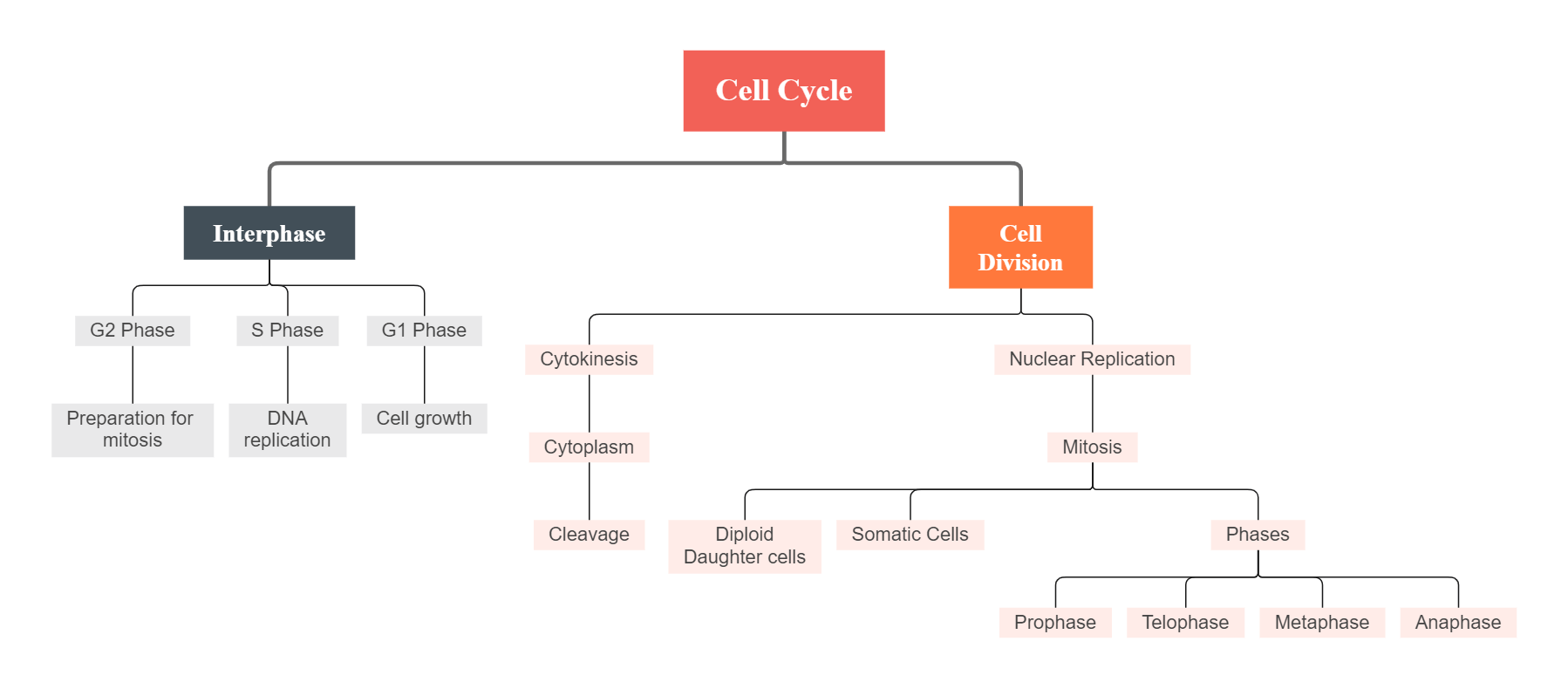
 below.
below.  below.
below. 